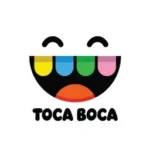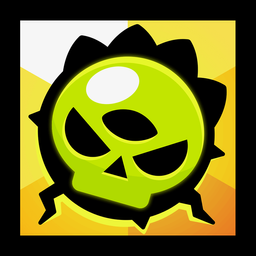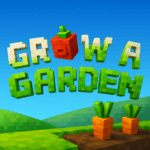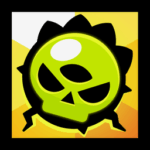Popular Now
What is Geometry Dash?
Geometry Dash is a rhythm-based action platformer developed by RobTop Games. The game’s core mechanic is deceptively simple: you tap to jump and avoid obstacles. But with levels designed to match energetic music tracks and a single mistake resetting your progress, it quickly becomes one of the most intense and rewarding mobile games around.
Why Players Love It
What sets Geometry Dash apart is its combination of addictive gameplay, vibrant visuals, and a creative community. The endless library of user-generated levels means there’s always something new to play. This makes it crucial to have a solid tip&guide strategy to handle the escalating challenges.
Getting Started: Controls, Modes, and Game Mechanics
Learning the Basics
Before you start leaping through portals and dodging spikes, get familiar with the core controls. On mobile, tapping the screen will make your cube jump. On PC, use the spacebar, mouse click, or up arrow.
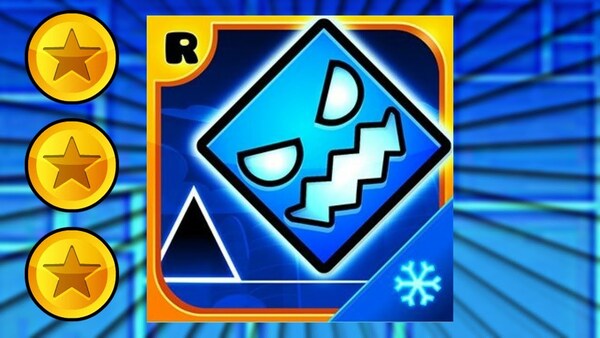
Game Modes You Should Know
There are several forms your character can take:
-
Cube
-
Ship
-
UFO
-
Wave
-
Ball
-
Robot
-
Spider
Each behaves differently. For beginners, it's best to stick to the Geometry Dash main levels and learn each form gradually. The best tip&guide here is to practice transitions between modes in easier levels.
The Power of Practice Mode
Why Use Practice Mode?
Practice mode is often overlooked by new players, but it’s your best friend in Geometry Dash. It allows you to place checkpoints so you can retry tricky sections without restarting the whole level.
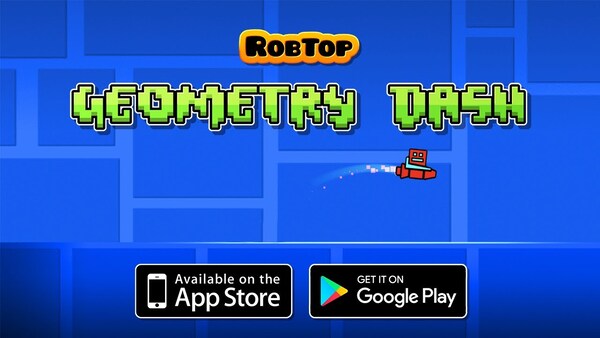
Tips for Using Practice Effectively
-
Always run a level once in normal mode first.
-
Use checkpoints strategically; don’t overload them.
-
Focus on mastering one section at a time.
A good tip&guide is to combine practice mode with watching replays of expert players to learn patterns and rhythm.
Rhythm is Everything: Sync with the Music
The Role of Soundtracks
Each level in Geometry Dash is designed to sync with a musical track. The jumps and obstacles often match the beat, so playing with sound is essential.
Training Your Rhythm
-
Use headphones to improve focus.
-
Replay hard sections while tapping in time with the music.
-
Try rhythm games outside of Geometry Dash to enhance your timing.
Understanding the music's flow is a crucial tip&guide that separates casual players from pros.
Mastering Forms and Transitions
Know Your Forms
Each form in Geometry Dash controls differently:
-
Cube: Standard jump.
-
Ship: Hold to fly up, release to descend.
-
Wave: Zigzag by tapping rapidly.
-
Ball: Switch gravity upon tapping.
Mastering Transitions
A big challenge is transitioning smoothly between these forms. The tip&guide here is to:
-
Practice levels that feature frequent mode changes.
-
Focus on timing and spatial awareness.
Mastery of each form allows you to handle any challenge Geometry Dash throws at you.
Choosing the Right Levels to Train
Start With Official Levels
RobTop's official levels are the best starting point. These range from Easy to Demon and are designed to introduce mechanics gradually.
Discovering User Levels
Use filters like:
-
Difficulty (Easy to Extreme Demon)
-
Length (Short, Medium, Long)
-
Rated/Featured
Some good starter levels include:
-
Stereo Madness (Easy)
-
Time Machine (Intermediate)
-
The Nightmare (Easy Demon)
The best tip&guide here is to balance official levels with easier user-made levels to build confidence and skill.
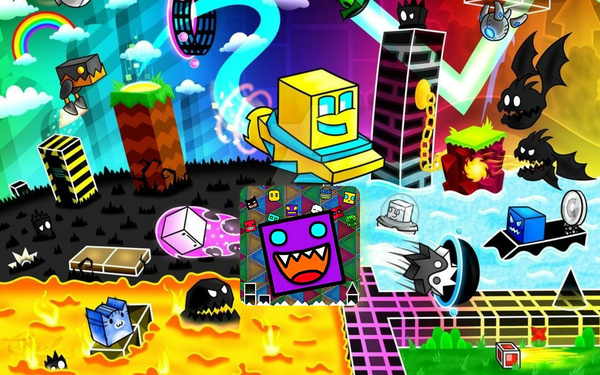
Staying Calm: Overcoming Frustration
Common Frustrations
-
Dying near the end of a level
-
Forgetting parts after breaks
-
Losing rhythm under pressure
Mental Tips & Guide
-
Take regular breaks after multiple fails.
-
Don’t jump back into hard levels when tired.
-
Celebrate small victories (like passing a tricky section).
In Geometry Dash, frustration is part of the learning curve. A mental tip&guide is as valuable as a mechanical one.
Custom Level Creation: A Creative Side of Geometry Dash
Getting Started in the Editor
The built-in level editor allows you to:
-
Design custom layouts
-
Sync gameplay to music
-
Add visual effects and triggers
Design Tips & Guide
-
Keep your first few levels simple.
-
Focus on gameplay before decoration.
-
Test every segment to avoid unfair difficulty.
Creating your own levels deepens your understanding of Geometry Dash and makes you a more thoughtful player.
9. Demons and Advanced Gameplay
Types of Demons
-
Easy Demon
-
Medium Demon
-
Hard Demon
-
Insane Demon
-
Extreme Demon
Each category increases in difficulty and demands higher precision and timing.
Advanced Techniques
-
Straight Flying: Controlled, steady flight in ship form
-
Wave Control: Consistent tapping for tight zigzag paths
-
Buffer Tapping: Timing taps precisely to edge-jump platforms
Your go-to tip&guide is to practice these skills in custom training maps before tackling real Demons.
10. Joining the Geometry Dash Community
Why the Community Matters
The Geometry Dash community is filled with content creators, level builders, streamers, and developers. It’s where you’ll find new levels, contests, updates, and social support.
Best Places to Start
-
Reddit: r/geometrydash
-
YouTube: For level walkthroughs and guides
-
Discord Servers: Join for collaborations and level reviews
A final tip&guide—share your progress and ask for feedback. You’ll improve much faster within a community than playing in isolation.
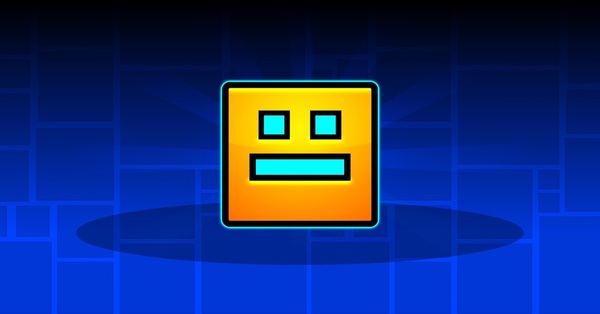 Conclusion: Mastering Geometry Dash One Beat at a Time
Conclusion: Mastering Geometry Dash One Beat at a Time
Whether you're jumping into your first level or aiming to complete a legendary Demon, success in Geometry Dash is built on rhythm, patience, and persistence. With this ultimate tip&guide, you've now got the tools to tackle the game’s challenges, make progress efficiently, and even contribute to its rich community of creators and players.
So put on your headphones, pick your first level, and start dashing—one beat, one jump, one victory at a time.






